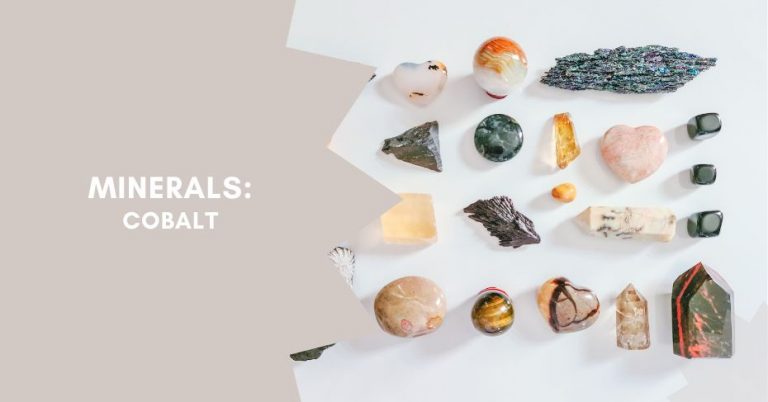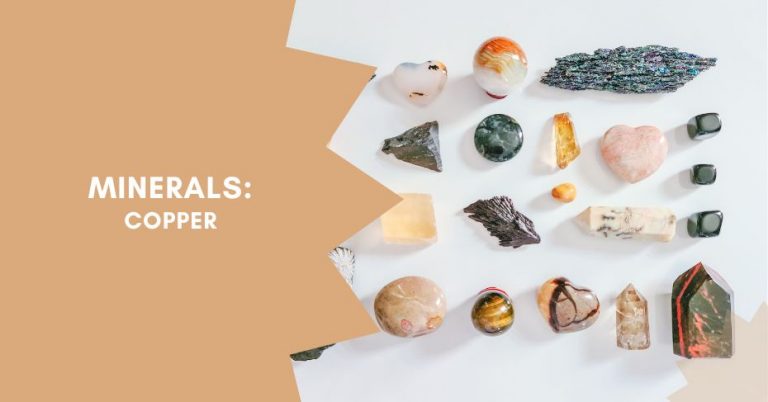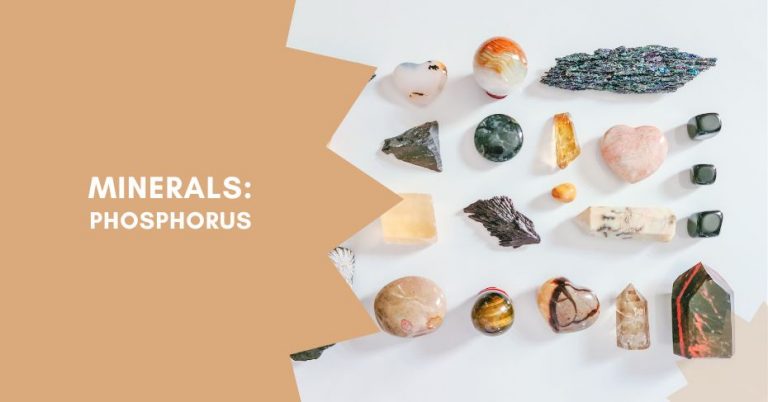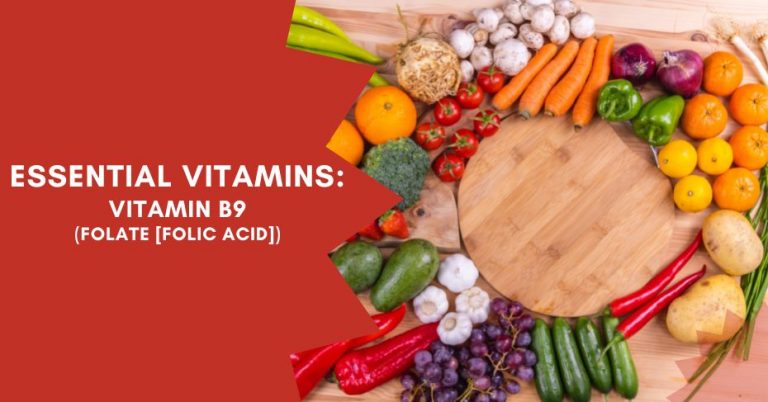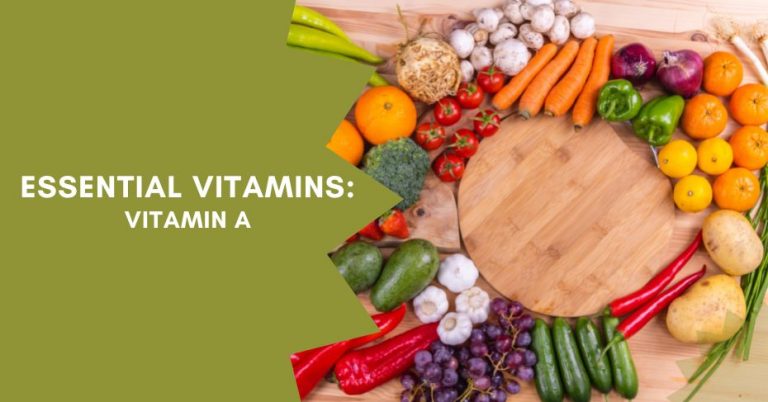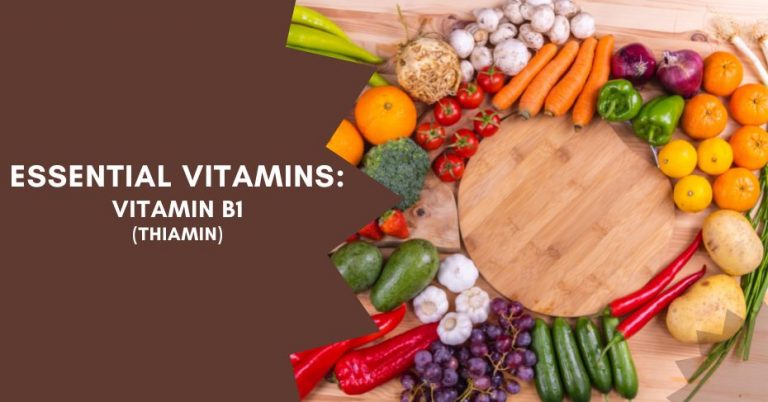Chloride is an essential nutrient and electrolyte found in your body. It helps regulate your body’s fluid levels, and it is also involved in the absorption of other minerals and vitamins. In this blog post, we will explore what chloride does for the body, how it is obtained, and why it is important for overall health.
What Is Chloride?
Chloride is a negatively charged ion found throughout the body, primarily in the bloodstream. It works with other electrolytes—like sodium, potassium, and bicarbonate—to maintain a healthy fluid balance and prevent dehydration. In addition to helping your body absorb nutrients, chloride also assists in digestion by creating hydrochloric acid (HCl), which helps break down food into smaller components for easier digestion.
What Does Chloride Do?
Chloride plays an important role in regulating water and electrolyte balance inside cells. It helps keep the acid-base balance of bodily fluids as well as maintaining normal blood pressure levels. This mineral also helps form hydrochloric acid in the stomach, which is needed for proper digestion and absorption of proteins and other nutrients from food. Additionally, chloride helps transport oxygen throughout the body via red blood cells and helps move toxins out of organs like the liver or kidneys.
Why Is Chloride Important?
Chloride is essential for proper functioning of many bodily processes including digestion, nerve conduction, cell metabolism, and muscle contraction. Low levels can cause fatigue, dehydration, low blood pressure, confusion, breathing difficulties, seizures or even coma in extreme cases so it’s important that you get enough in your diet. That said – too much can be just as bad so be sure not to go over the RDA!
How Can I Get More Chloride?
The best way to ensure you are getting enough chloride is to make sure you are eating a balanced diet with plenty of fruits and vegetables. Fruits such as lemons, limes, oranges, grapefruits, and apples all contain high amounts of chloride. Vegetables such as celery, spinach, cucumbers, tomatoes, onions, beets, carrots are also good sources of this important mineral. In addition to these foods you can also get some chloride through dairy products like milk or yogurt as well as seafood such as salmon or tuna. Many people also opt for adding table salt (which contains sodium chloride) to their meals for an extra boost of this nutrient. Make sure not to go overboard though since too much salt can lead to high blood pressure!
Food Sources of Chloride
The easiest way to get enough chloride is by eating a variety of foods that are naturally high in chloride such as seaweed, olives, tomatoes, lettuce, celery, and rye bread. You can also find chloride in processed foods like table salt (sodium chloride) and many types of cheese. Processed foods tend to be higher in sodium than natural sources of chloride; however, they can still be good sources if eaten in moderation. Just remember that too much sodium can have negative health effects so it’s best to limit your intake as much as possible.
Where Does Chloride Come From?
The majority of our chloride intake comes from salt (sodium chloride). The average American consumes 3-4 grams of salt per day which translates to about 1 gram of chloride – far more than the recommended daily allowance (RDA) which is 2.3 grams for adults over 19 years old. Other sources of chloride include certain types of vegetables such as celery or seaweed as well as some fish like salmon or mackerel.
Bottom Line
Chloride is an essential mineral for the body. It helps regulate blood pressure, creates stomach acid to digest food, and forms electrolytes in the blood that carry electrical signals from your brain to your muscles. In short, chloride impacts many of the body’s major functions, so it’s important to make sure you are getting enough of this mineral in your diet. Let’s take a closer look at what chloride does and how you can get more of it in your daily routine.
